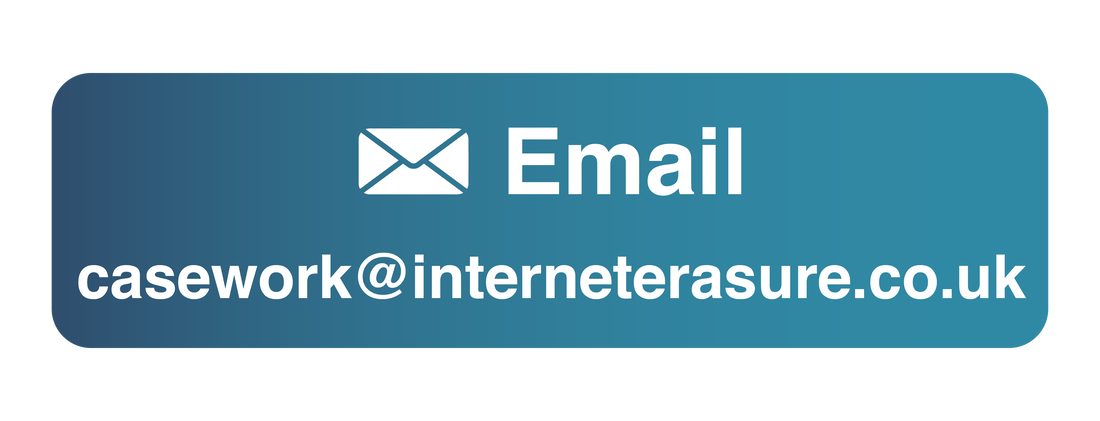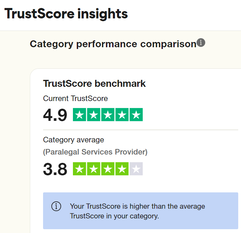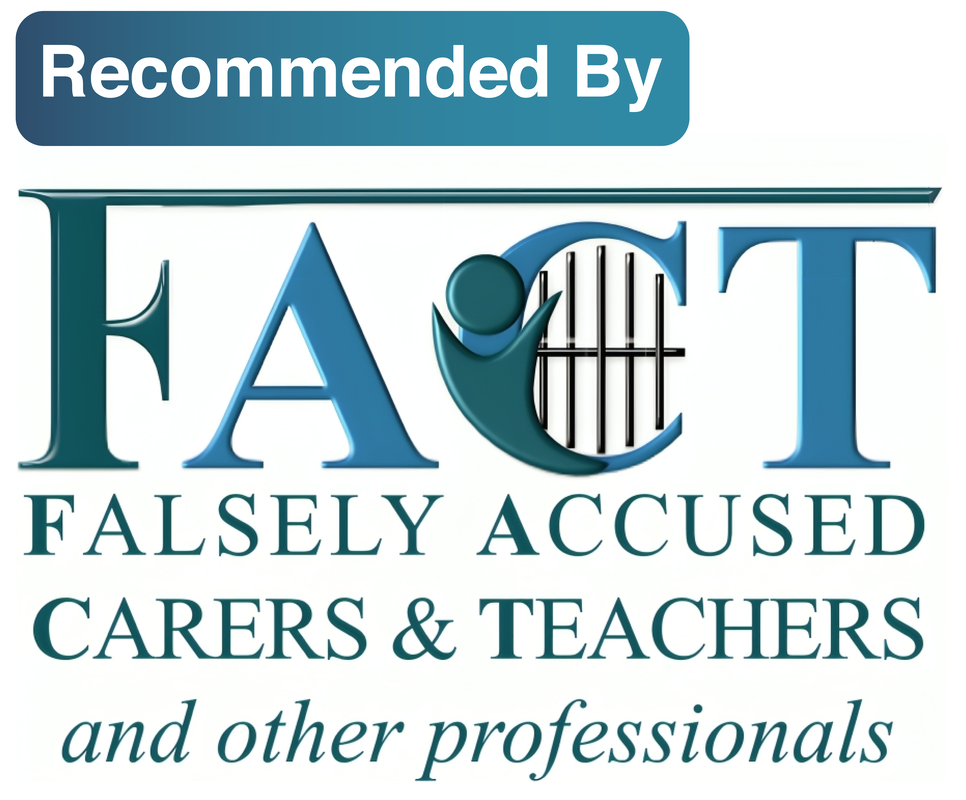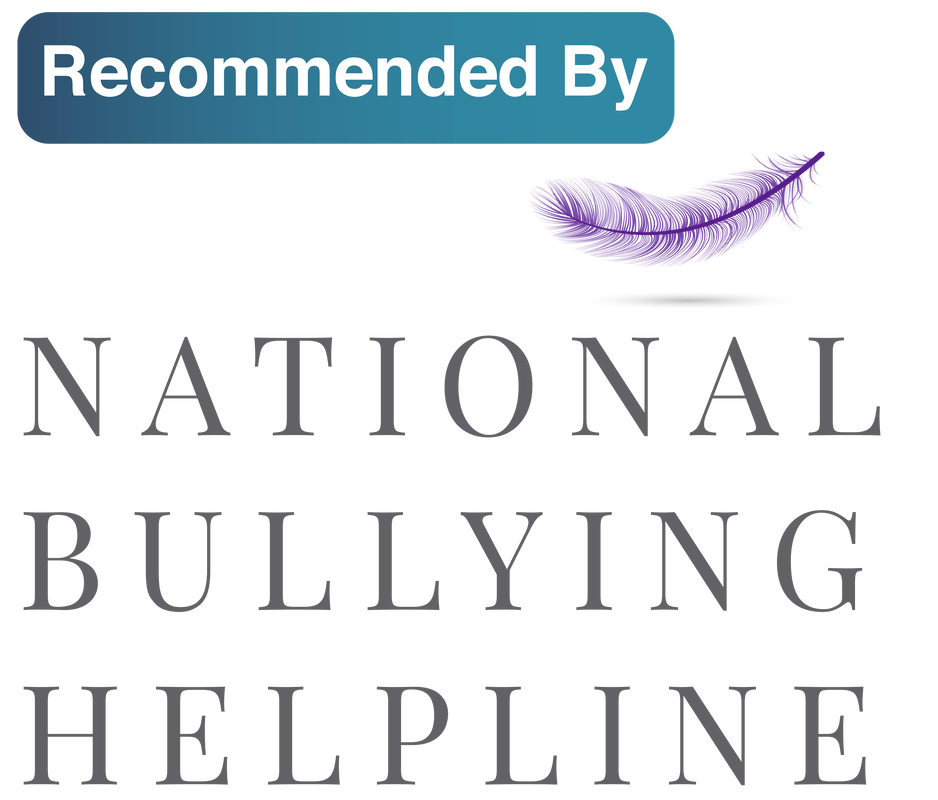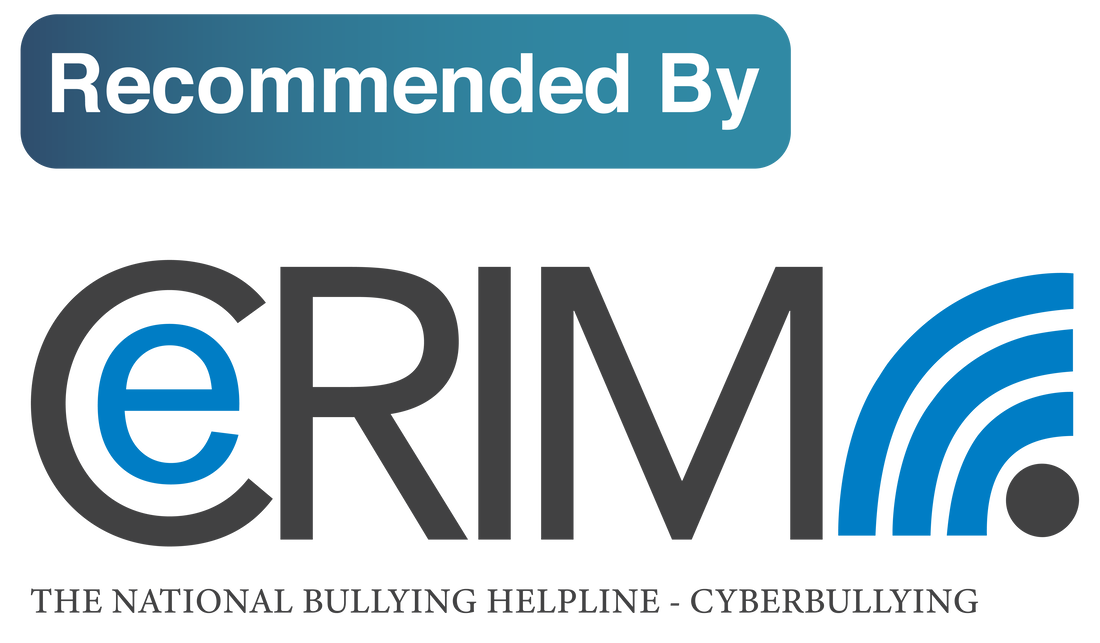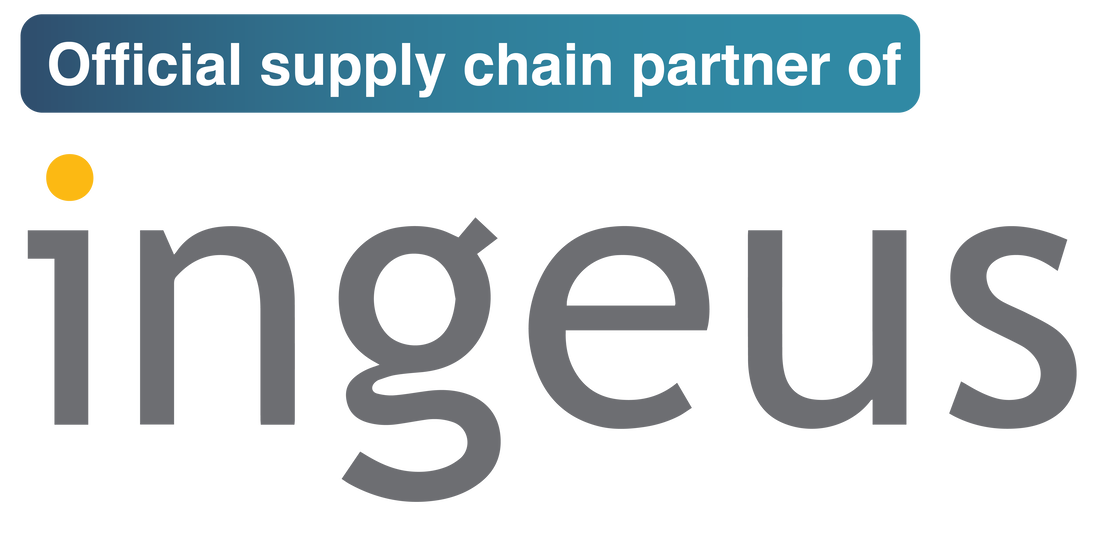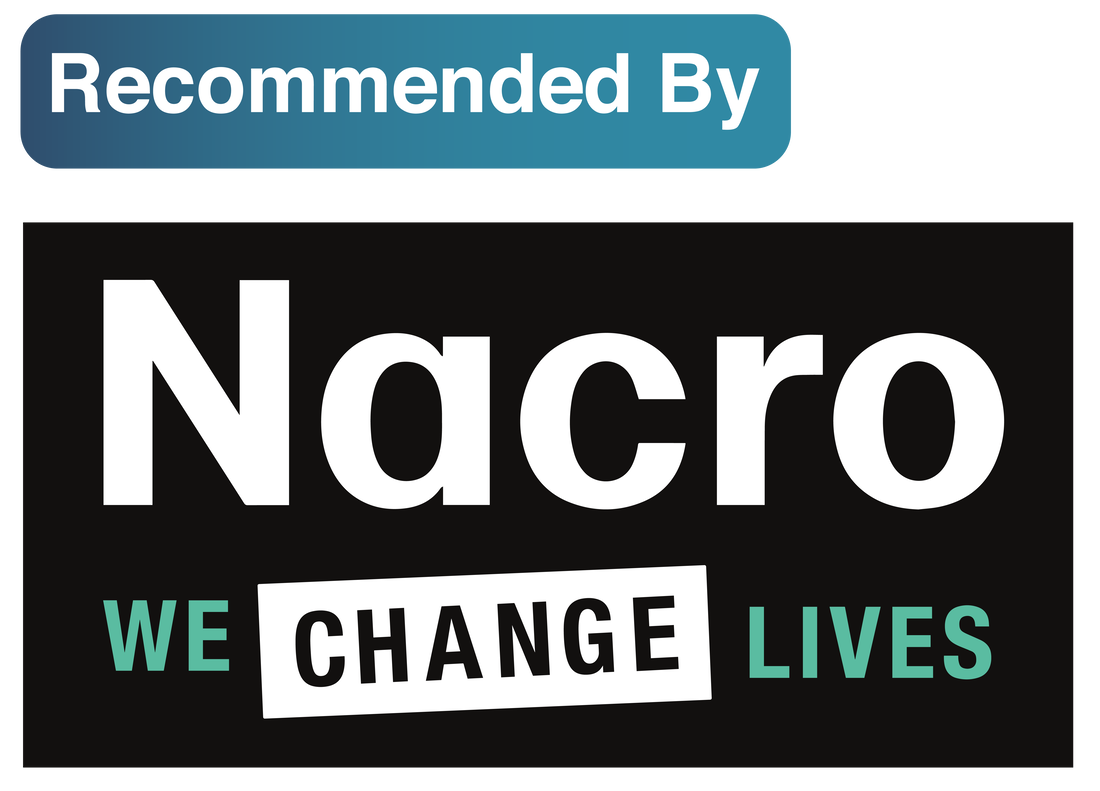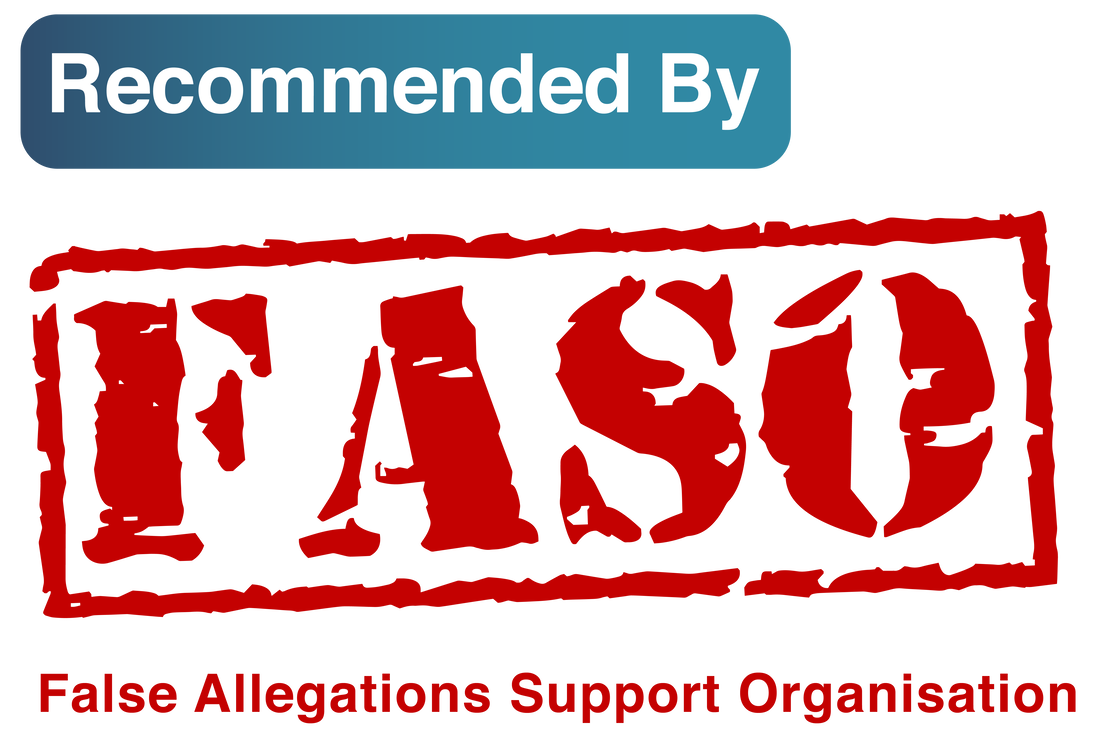How the ‘right to be forgotten’ could help you get an article removed from search engines
|
If you want a fresh start from damaging statements made about you, consider exercising your ‘right to be forgotten’. This legal mechanism can help remove negative links and articles from search engines, so no one can find them when they search your name online.
Also known as the ‘right to erasure’, invoking this mechanism can help you break free from slander and bad publicity. In this post, we’ll explore how to take down damaging articles about you from search engines. |
What is the right to be forgotten?
The right to be forgotten is your legal right to request organisations erase personal data. This privacy provision is enshrined in Article 17 of the EU and UK's General Data Protection Regulation (GDPR).
The legal framework was born out of a landmark case in 2014 when a Spanish citizen took Google to the European Court of Justice (ECJ). He wanted the tech giant to remove links to an old article online that negatively impacted his reputation. The ECJ ruled in his favour, on the basis that search engines are responsible for the data and must consider requests for removal.
If your name features online, GDPR Article 17 gives you the right to request removal of the content. However, erasure is not guaranteed, and only applies under certain circumstances
The legal framework was born out of a landmark case in 2014 when a Spanish citizen took Google to the European Court of Justice (ECJ). He wanted the tech giant to remove links to an old article online that negatively impacted his reputation. The ECJ ruled in his favour, on the basis that search engines are responsible for the data and must consider requests for removal.
If your name features online, GDPR Article 17 gives you the right to request removal of the content. However, erasure is not guaranteed, and only applies under certain circumstances
Am I eligible for the right to be forgotten?
Whether you can get a link removed from search engines, depends on certain criteria. Below is a broad summary of some of the situations where the right to be erasure could apply:
- Old information. You could get news articles removed if the content about you is outdated and no longer relevant. This includes certain spent criminal convictions.
- Inaccurate or misleading statements. Incorrect claims about you online are usually eligible. If you can prove the information is inaccurate, you may be successful in getting the link taken down.
- Defamatory and offensive content. Articles that make personal attacks towards you may be covered by the right to be forgotten. This includes online bullying and harassment.
- Information published without your consent. If your stories or photos are published without your permission, you may be able to remove them. This can also apply if you withdraw your original consent and now want the content to be taken down.
What can’t be removed from search engines using the right to erasure?
As GDPR Article 17 is complex, there are times when organisations can reject your request to delist links. Below are some of the most common reasons your request may be rejected:
As this isn’t an exhaustive list, check out the who cannot apply page. This gives you more examples of when GDPR Article 17 won’t get a link removed for you.
- Certain criminal convictions. Articles about sexual or terrorist-related offences are generally not covered. This even applies to spent convictions.
- Ongoing civil or criminal proceedings. Coverage of pending legal cases, or reporting while you’re awaiting trial or sentencing, cannot usually be removed.
- Legitimate opinions on a product or service. Negative reviews or comments about your business are typically not removable under the right to be forgotten.
- Official and legal records. The right to be forgotten does not apply to information published by official bodies. This includes employment tribunal decisions on Gov.UK or data on Companies House.
As this isn’t an exhaustive list, check out the who cannot apply page. This gives you more examples of when GDPR Article 17 won’t get a link removed for you.
How to remove a link from Google search using the right to erasure
If you’re confident your case is eligible and won't be rejected, you can request a link be removed yourself. To do this, you’ll need to compile a letter in a Word or Docs file. Be sure to include all the damaging links, as well as several explanatory paragraphs.
It’s a good idea to use a right to be forgotten template for this. You can find an example letter for a Google removal request in our free guide. There's also a handy step by step to removing negative links from Google and other search engines. Below are the personal data removal request forms for the major players:
It’s a good idea to use a right to be forgotten template for this. You can find an example letter for a Google removal request in our free guide. There's also a handy step by step to removing negative links from Google and other search engines. Below are the personal data removal request forms for the major players:
What should I do if my right to erasure request is rejected?
If your request for removing content from Google is rejected, lodge a complaint with the Information Commissioner (ICO). Keep in mind, this doesn’t guarantee you’ll get the link taken down. As GDPR Article 17 is full of nuances, organisations often reject claims. To succeed, you’ll need a solid understanding of privacy and freedom of information laws, as well as the possible loopholes that organisations can exploit.
This is where Internet Erasure can help you succeed in getting damaging links removed from search engines. Our privacy lawyers have helped over 500 clients get more than 20,000 articles, links and images taken down from Google and other search engines. We’re one of the only reputation management companies with an ‘Excellent’ rating on Trustpilot.
Here’s what some recent clients have said about working with us to remove damaging links:
“Internet Erasure have quickly and efficiently removed an article that has recently resurfaced, and has caused me distress and embarrassment”, Review from Trustpilot.
“This is a five star company. Can't thank them enough for helping me remove a damaging and untrue article…They were very understanding and very quick to get it removed”, Review from Trustpilot.
As we only accept cases we expect to win, you can feel confident in using our internet removal services. Contact us for a free, discrete and no obligation consultation today. If we feel we can help, we’ll fight to clear your name so you can make a fresh start.
This is where Internet Erasure can help you succeed in getting damaging links removed from search engines. Our privacy lawyers have helped over 500 clients get more than 20,000 articles, links and images taken down from Google and other search engines. We’re one of the only reputation management companies with an ‘Excellent’ rating on Trustpilot.
Here’s what some recent clients have said about working with us to remove damaging links:
“Internet Erasure have quickly and efficiently removed an article that has recently resurfaced, and has caused me distress and embarrassment”, Review from Trustpilot.
“This is a five star company. Can't thank them enough for helping me remove a damaging and untrue article…They were very understanding and very quick to get it removed”, Review from Trustpilot.
As we only accept cases we expect to win, you can feel confident in using our internet removal services. Contact us for a free, discrete and no obligation consultation today. If we feel we can help, we’ll fight to clear your name so you can make a fresh start.





